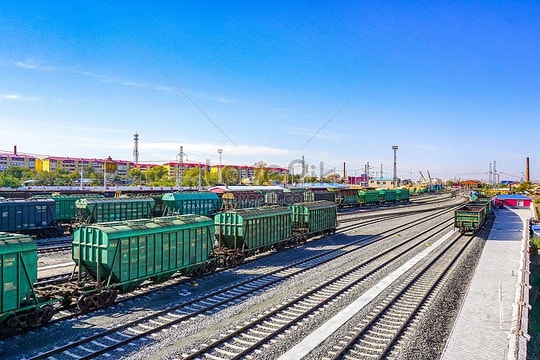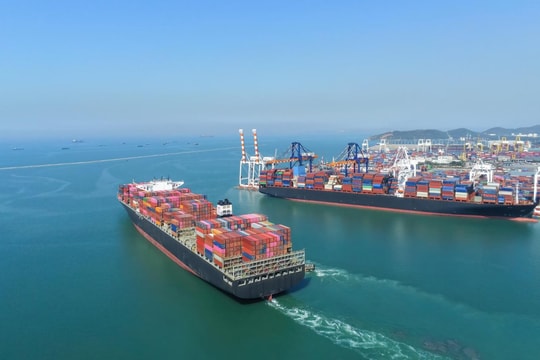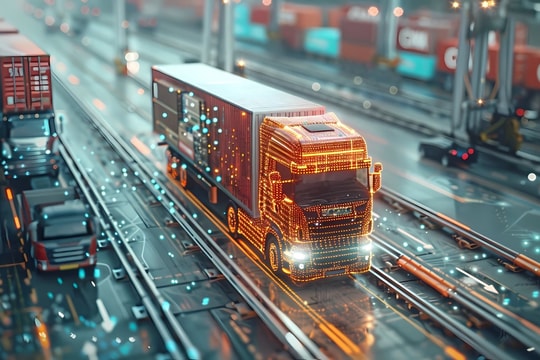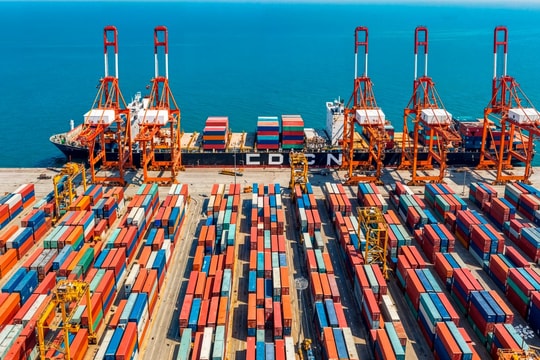
Autonomous Vehicles: From Trials to Practice
Self-driving vehicles are gradually transitioning from experimental phases to real-world applications in freight transport. In the United States, Volvo and DHL have deployed autonomous trucks along the Dallas-Houston corridor, utilizing Aurora Driver technology, which incorporates lidar systems and high-resolution cameras to ensure safety and efficiency.
In Vietnam, several logistics companies have started testing autonomous vehicles within warehouse areas and on short routes to reduce labor costs and increase transportation accuracy.
Delivery Drones: A Last-Mile Solution
Drones are emerging as an effective solution for last-mile deliveries, especially in densely populated urban zones or remote areas. Amazon, DHL, and UPS have all tested drone delivery, significantly shortening delivery times and minimizing environmental impact.
In Vietnam, some tech startups have begun implementing drone delivery services in industrial parks and hard-to-reach locations, revealing great potential for this sector in the near future.
Warehouse Robots: Automation and Optimization
Warehouse robots are becoming powerful tools for automating and optimizing storage and distribution processes. Amazon has deployed more than 750,000 mobile robots in its fulfillment centers, reducing order fulfillment costs by 25% and projected to save $10 billion annually by 2030.
In Vietnam, major logistics firms are investing in warehouse robotics to improve operational efficiency, reduce human error, and meet the increasing demands of the e-commerce market.
The adoption of driverless technology in logistics is not merely a trend but a necessity to meet rising market demands and reduce operational costs.

An Inevitable Path for the Logistics Industry
The integration of driverless technology into transport and warehousing is not just a trend but an essential direction for sustainable logistics development. However, to deploy these technologies effectively, companies must invest in technological infrastructure, workforce training, and establish appropriate legal frameworks.
As Chris Urmson, CEO of Aurora Innovation, expressed: I'm sitting in the backseat, not the driver’s seat, gazing out the window as a truck full of pastries is driven by technology I helped create… And it feels entirely normal. That’s exactly how it should be."







.png)












